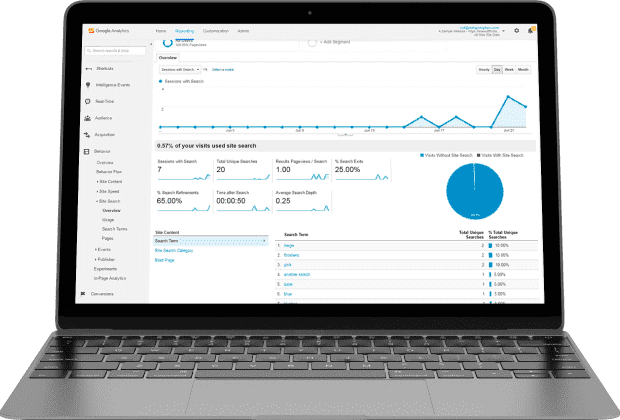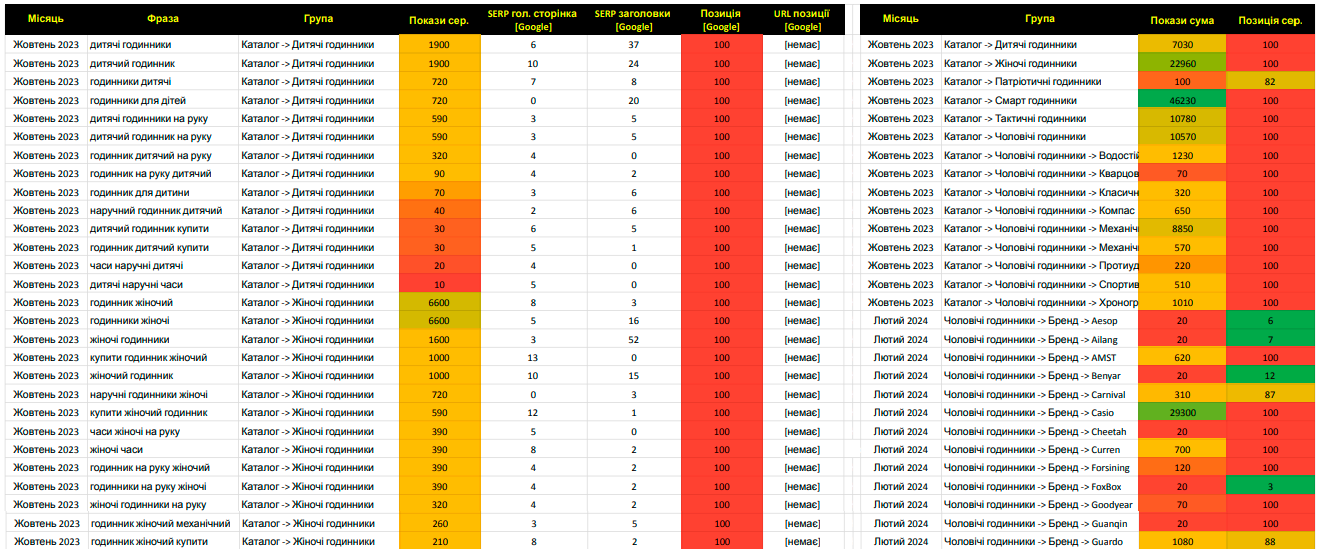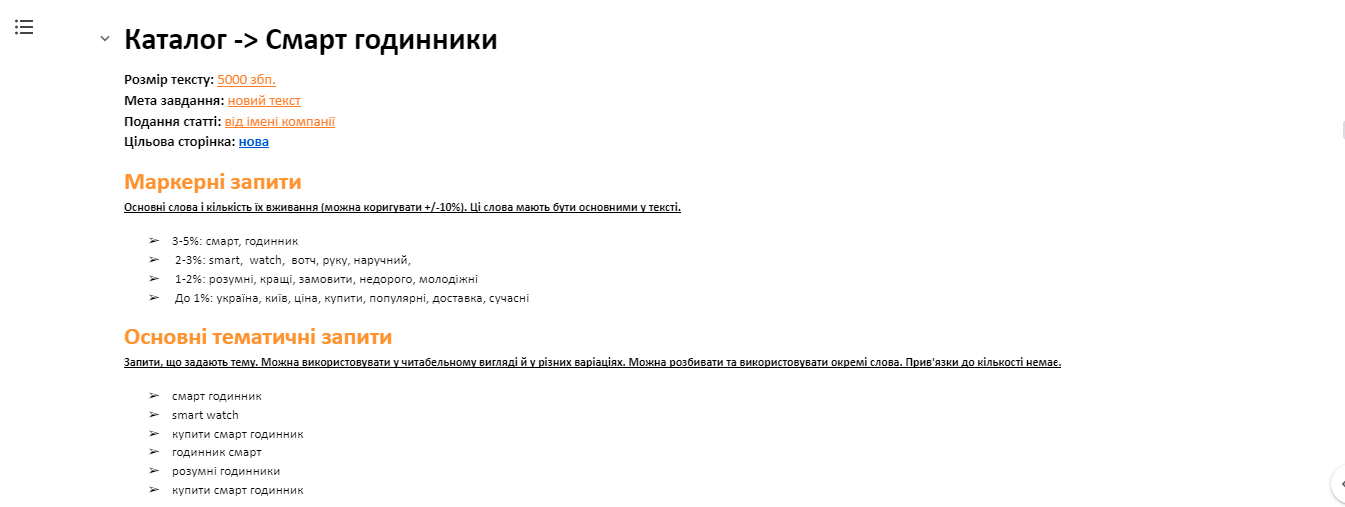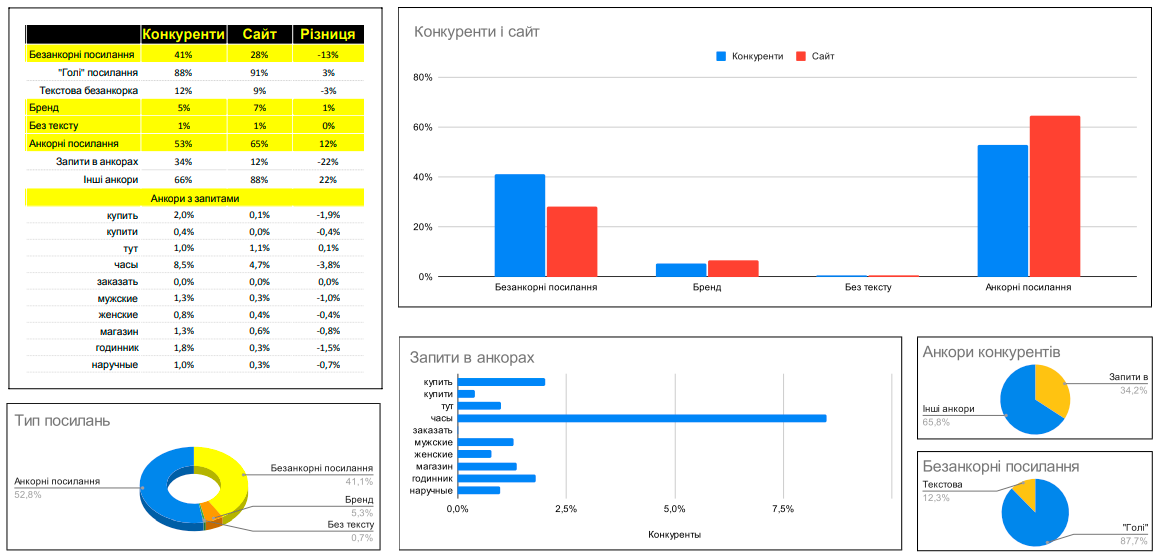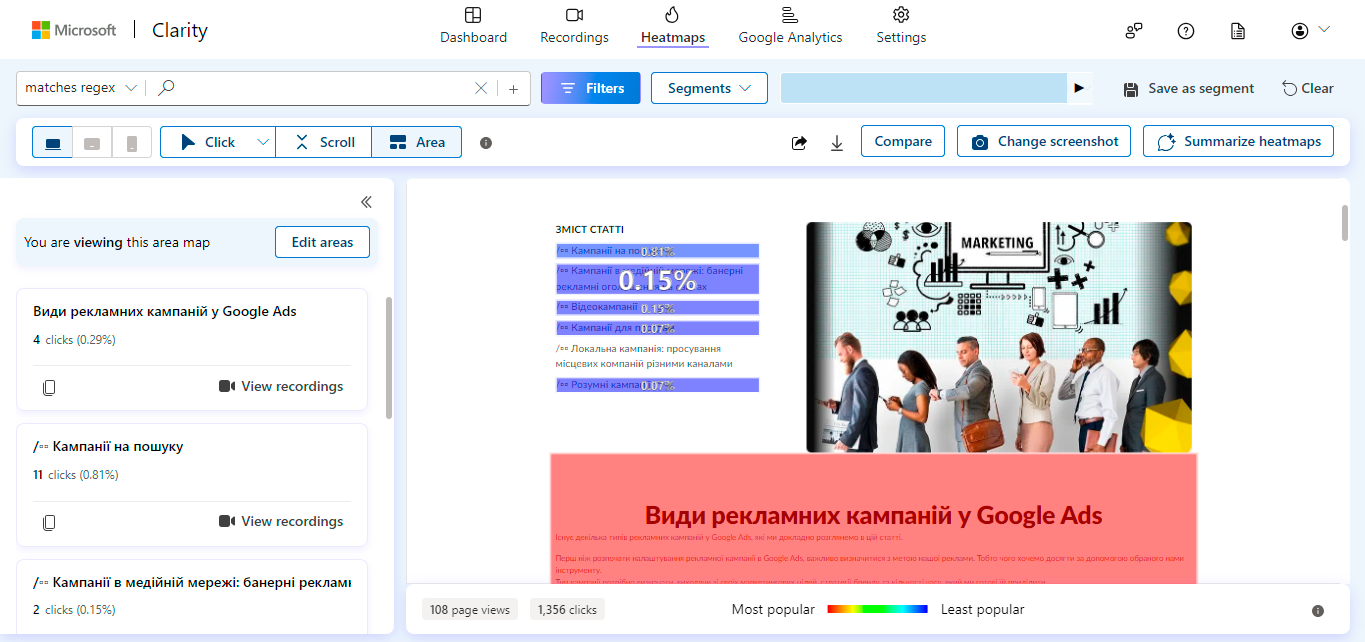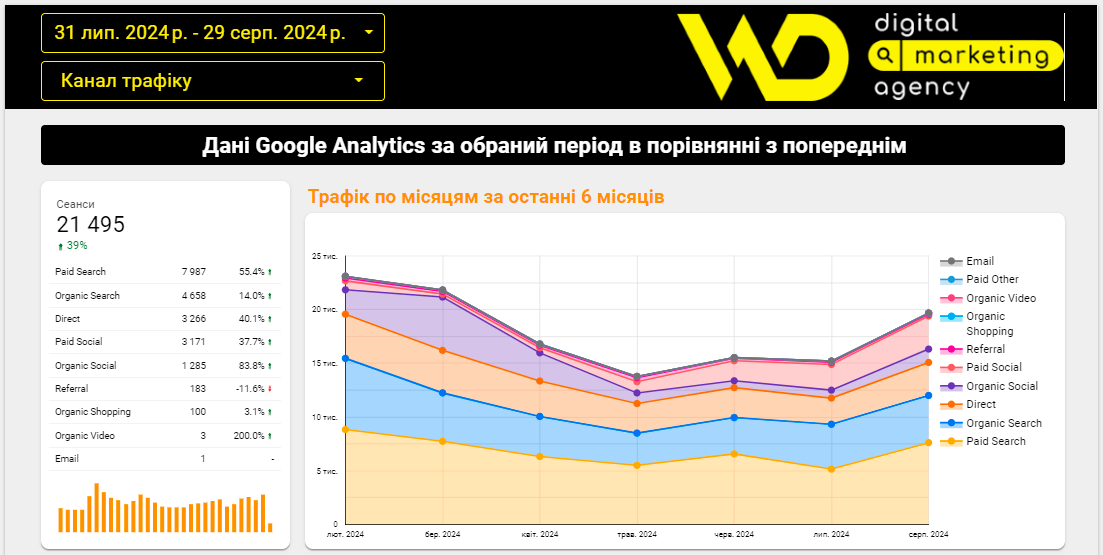



Increase in sales by 220% for an online store selling budget and mid-range watches.

456% increase in organic traffic and 683% increase in website visibility for a manufacturer of aluminum pergolas with louvers in Canada and the US.

Increase in sales by 76% and organic traffic by 47% for an online store of goods for beauty salons and beauty professionals.
SEO (Search Engine Optimization) is the process of optimizing a website for the requirements of search engines so that it ranks higher in search results. Let’s imagine that Google is a starry sky, and SEO optimization is an effective way to make your star more visible among others.
Search engine algorithms evaluate the relevance of your resource to the users’ search query. SEO promotion specialists work to satisfy the search queries of their target audience and provide useful content, while adapting the site to the requirements and rules of the search engine.
The website promotion service includes a whole range of activities: initial audit, development of an individual strategy, internal optimization and external optimization, improvement of external factors, work on improving brand reputation, performance analytics, and other necessary work required to bring the site to the TOP of search results.
SEO specialist is a specialist whose main task is to promote the site in the search engine rankings to make it more visible to the target audience. He forms a strategy for promoting your web resource and is engaged in complex internal and external SEO optimization.
It is impossible to name the price of the service without a detailed analysis of your website and niche. The final cost is influenced by the niche and competition in it, the size and structure of the site, the current technical condition of the site, geographical focus, additional services, and the total amount of work. However, for a general understanding, the cost of SEO website promotion in WEDEX agency starts from 15000 UAH for a service website and 20000 UAH for an online store.
SEO is an abbreviation of the English term Search Engine Optimization, which means optimization for search engines.
The most important element of effective SEO optimization is relevance. The content, structure, and all other aspects should be relevant to users’ search queries. Therefore, the results of further promotion of your website in the search engines directly depend on the quality and efficiency of the SEO specialist’s work with keywords and their optimization.
The main goal of SEO website promotion is to improve the position of the resource in the organic search engine results by keywords that describe the products, services, or subject matter of the site. This allows you to attract and increase free traffic. The ultimate goals are determined depending on the subject matter of the resource. For example, for E-commerce, they are to increase sales, increase the average check, and reduce the cost of customer acquisition. For services and portals, the goal is to increase conversion and targeted actions, increase user loyalty. And for personal blogs, the main goal will be to attract and retain the target audience, increase brand awareness and further monetize the blog.
According to the main direction, website promotion work can be divided into two main groups: external and internal SEO.
If we consider SEO optimization by goals, we can distinguish the following main types:
- E-commerce – optimization of online stores for specific keywords aimed at buying goods.
- Local SEO – optimization of a website for search when your potential customers are looking for companies or services in a particular region.
- Content marketing – SEO promotion of a website using content (articles, personal blog, video content) to attract targeted traffic from organic search.
There are also three main methods of promotion: white, gray, and black. WEDEX agency uses only white hat methods of promotion! This prevents violations of the search engine rules, which leads to pessimization of the site in the search or its ban.
WEDEX has been on the market for over 10 years, and during this time we have worked with both popular e-commerce areas and narrow-profile projects (real estate, medical topics, law, software development, specialized services, etc.) Our experience helps us to effectively promote websites in almost any niche.
